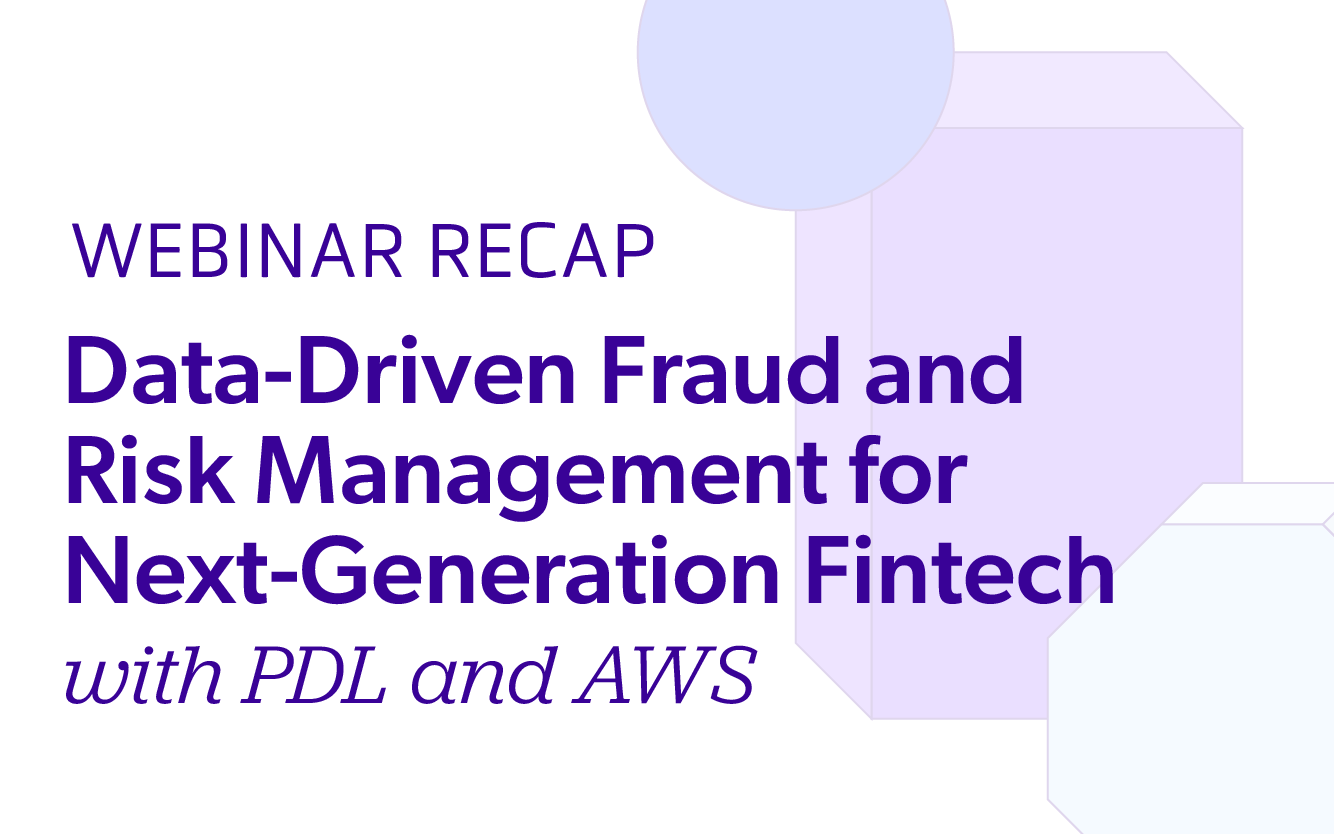
Confirming Suspicion with Confidence
June 27, 2022
Table Of Contents
This article is part 8 of our ongoing identity series. To read the previous blog, click here. To read part 1, click here.
What is Confirming Suspicion?
The process of confirming suspicion refers to the steps taken, particularly in the manual review process, to determine whether or not a flagged instance requires further action, such as freezing an account or declining a claim.
For example, a person suddenly making a transaction in a foreign country raises suspicion, especially if they did not inform their bank of their travels. If you’ve traveled abroad, you may have experienced this before. Banks have the ability to freeze accounts and rectify fraudulent behavior If the transaction is believed to be conducted by a fraudster. However, if the bank incorrectly deems the transaction as suspicious, you can be left stranded in a foreign country with no easy access to your money.
It is imperative that businesses take the proper steps to confirm suspicion, or they risk operational nightmares and loss of customers through poor experience. Confirming suspicion is the last line of defense for your bottom line. Once you go past this step, you’ve completely confirmed or denied any sort of transaction related to the situation.
This becomes more challenging as cases become more complex or ambiguous. Consider a use case from the insurance industry; two people who claim to be complete strangers get in an accident. Yet, an insurance analyst using accurate professional data recognizes that these two people actually work together. Are they trying to commit insurance fraud, or did they think that their workplace was irrelevant to the situation? Are there other red flags in their record? This is something businesses need to look into before they can appropriately react to these situations.
There are many ways suspicion can arise, but suspicion generally occurs when:
Details provided do not align with reality (ex: incorrect or non-standard email)
Details do not fit together (ex: using another person’s email)
Information surfaces that was not presented (ex: history of fraudulent behavior)
And, when confirming suspicion, you are trying to answer 3 things:
Is the person or entity who they claim to be?
Does it make sense for them to be performing this certain action?
Are they telling the truth about the situation/what they are doing?
Challenges When Confirming Suspicion
Many of the challenges of confirming suspicion revolve around the quality of the data. After all, analysts are left without a paddle if they have incorrect information to act on.
We observe that many data companies today are too confident in their merging of profiles. This results in profiles having somewhat-related information from various sources jumbled together rather than being presented as separate. This is an issue because compounded risk is incurred with each degree of separation. A person with a certain name and email existent in one dataset is not the same person as another person with the same last name in another dataset. When and if they are merged, a false entity is created. Have you ever had a provider call you asking for your parent or if you still live at an address you moved from 5 years ago?
This is why PDL has confidence scores in our likelihood fields, and why we do not merge unless we are very confident in the data representing a single entity. Many businesses and people today do not realize just how many assumptions are happening in the background that can cause more problems down the road, so it is good to have data providers that provide transparency on your retrievals.
Businesses face the issue of losing customers if their manual review takes too long or is inaccurate, especially during life-changing events like car accidents, loan requests, opening new accounts, international travel, etc. Considering 40%+ of customers report halting business due to bad customer experience, decisive action is required to retain positive customer relationships. If a transaction is declined that was legitimate, you’ve lost a customer for life.
Customers aside, a business can enter a state of gridlock if too many open tickets around suspicious behavior require attention. A main goal of confirming suspicion is to come to a decision as fast as possible so the issue does not get worse or overlap into the next issue.
The most obvious and impactful challenge is the issue of false negatives and positives. If a business approves a fraudulent instance, damages will be faced down the line. In fact, organizations lose an average of 5% of their revenue every year from fraud.
Confirming Suspicion with PDL Data
If we can help you boost confidence in the decisions that you're making, you at the very least know that the decisions you're making are data driven and that you have a lower propensity to lose money from either bad customer experience or straight up fraud.
Our Identify API allows you to easily verify if various details align with a single person (likely not fraud) or multiple people (may require some further validation). And, as mentioned above, we provide confidence scores detailing how likely the information you are requesting matches with our provided data. We also provide which particular fields match to your queries so you can determine for yourself if an entity is fraudulent or not.
Although, one singular data source is not likely to provide enough context to understand the full picture and make a decision. It requires a combination of tools carefully vetted by you to orchestrate the right approach.
As data experts, we can help you get started, and build your current process for confirming suspicion. Speak with us today to get a grasp on bettering your manual review process and outperform your competition.





